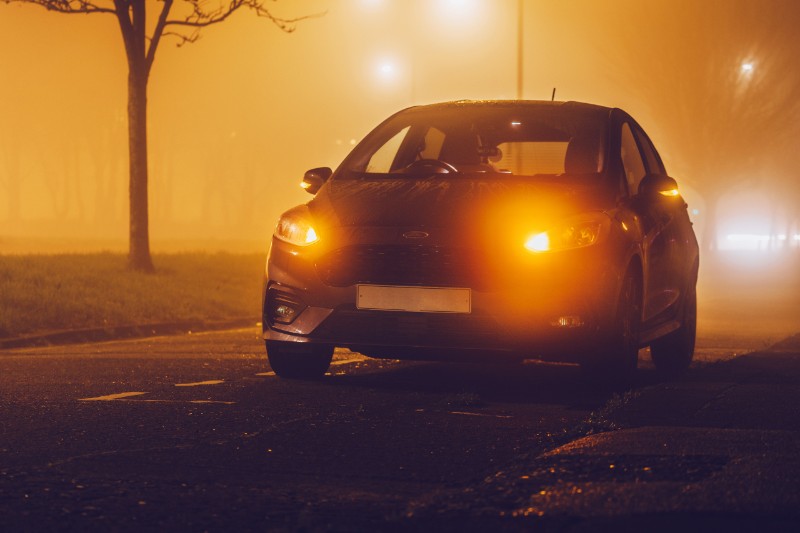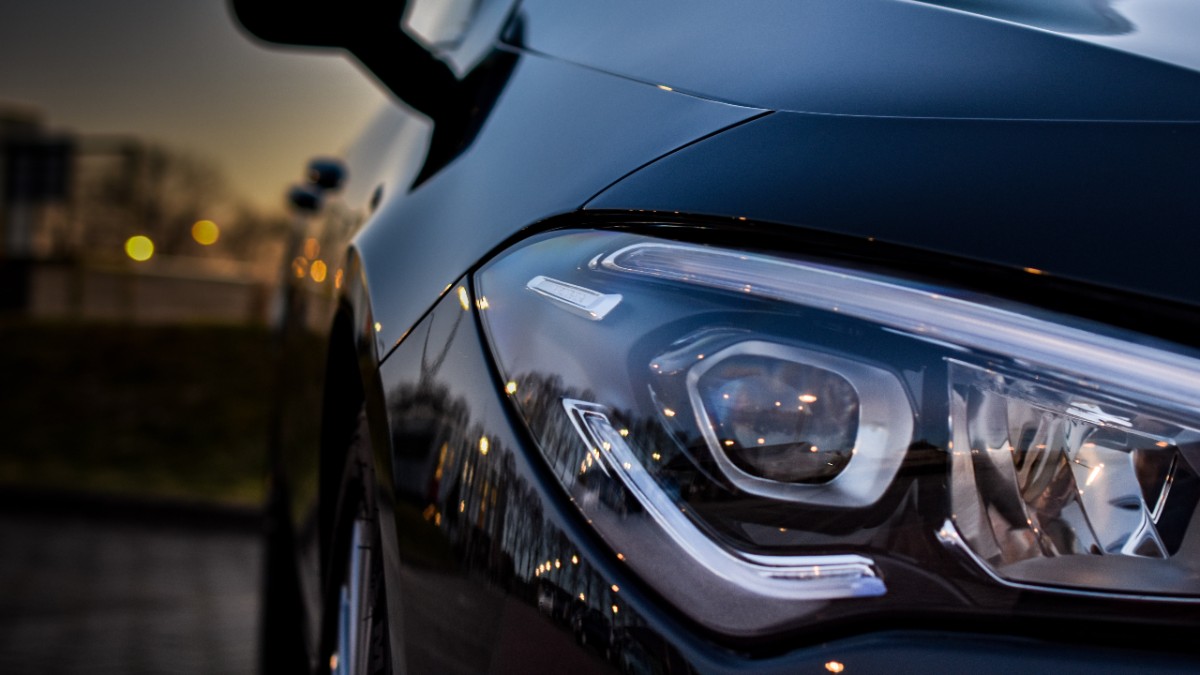Cars have small lights on the front, sometimes known as side lights. Parking lights are fitted on the side and must be on when the car is parked at night. You may have wondered what parking lights are and when to use them.
Parking lights are built on the side of the vehicle in the front. You can use them to make the car visible after parking on the road or to increase visibility during fog or rain. These lights are also for use when your headlights go out.
Parking lights were traditionally wired on a different system than headlights for use at night for approaching drivers to spot the car. As roads widened, the traditional use of these lights fell by the wayside.
Evolution of parking lights
By 1968, car makers started adding parking lights on the same system as the headlights making them light up simultaneously. The location of these lights varies by car brand and model. Most cars have the parking lights on the outside or below the inner side of the headlights.
Some parking lights use the same bulbs as blinkers that light together with the headlights. Car makers like Volvo, General Motors, and Volkswagen have daytime parking lights. These are on when the engine is running, making their user for parking redundant.
Types Of Parking Lights
Parking lights vary by lens type and location, as highlighted below.
Amber Indicator-Based Lights
These are the most familiar type of parking lights in the US. Amber indicator-based parking lights produce an orange glow in the front indicators and rear taillight assemblies.
White Lights
These are less common in the US, although still considered legal. White parking lights are more common on European and Asian car models. These cars have separate parking lights with white or clear bulbs.
Inside The Headlight Housing Light
This is the rarest type of parking light in the US and is usually found on older car models. Vehicles made before or during the late 1960s, such as Porsche 356s and Volkswagen Beetles, had clear white parking lights in the same unit as the headlight.
How Do I Turn On The Parking Lights?
Parking lights in the US are usually orange or gold to differentiate them from red brake lights and white headlights. They are bright and clear in other parts of the world. The lights are easily accessible using a switch that also operates the headlights with a single click.
The switch for parking lights usually has a stalk symbol on the steering wheel or a small dial on the side. Look for two tiny semi-circles facing the opposite direction. Each likely has three lines coming from the circle, symbolizing light.
Automatic headlights don’t lead the parking lights on because they only control the dipped beams. All modern vehicles come with parking lights, and you tell their presence by looking for the symbols we talked about above.

Benefits Of Parking Lights
The lights act as emergency lights. When your headlights burn out, the parking lights can illuminate that side of the car. During an emergency, the parking lights create a glow that makes it evident that it’s a car, not a motorcycle or a car with a single standard light.
The number plate light comes on when you switch the parking light for people behind to see your car. When parked by the road or on a lay-by with a speed limit of about 30 mph, the side lights allow drivers and other road users to see your car.
Some car models allow activating the parking lights on the side with traffic by choosing the desired direction. Other models may have a separate switch for parking lights. The lights also make the car more visible from a distance.
When Should You Use Parking Lights?
All parked vehicles must have the parking lights on. Parking for an extended period is not recommended since leaving the lights on for a long time may drain the battery. There’s no need to turn on these lights if you’ve parked in a designated parking area.
However, your car must be parked about 10 meters from a junction or close to a curb and face the direction of traffic flow. Motorists must avoid parking in the fog against the direction of traffic except when it’s not avoidable, and the parking lights must be left on.
Parking lights are used when parking in narrow areas or poorly lit places. However, don’t use these lights alone, as they may not provide appropriate illumination. These lights are also helpful when parking in dark conditions for an extended period.
The most common use of parking lights is during emergencies when one or two headlights go out. You can turn on the parking lights to let oncoming drivers see your car. These lights make your car visible from the side so other drivers can spot it easily.
Parking lights also come in handy in bad weather, such as fog or heavy rainfall. The parking lights help boost visibility to avoid accidents.
What Are The Laws Regarding Parking Lights?
No state or federal law requires vehicles to have parking lights. However, new car models have them to make them more visible from the side. It’s always a good idea to familiarize yourself with the parking lights on your car and the appropriate local laws.
Can I Drive With Parking Lights On?
You shouldn’t have your parking lights on while driving in most states. For example, according to California Vehicle Code, you shouldn’t drive with parking lights unless you’re using them as signal lights or have the headlamps on too.
Final Thoughts
Parking lights are sometimes known as side lamps for turning on when parking the car. These lights allow parking your car in poorly-lit places, in bad weather, or when your headlights go out. Always replace your parking lights since you may never know when you need them.

